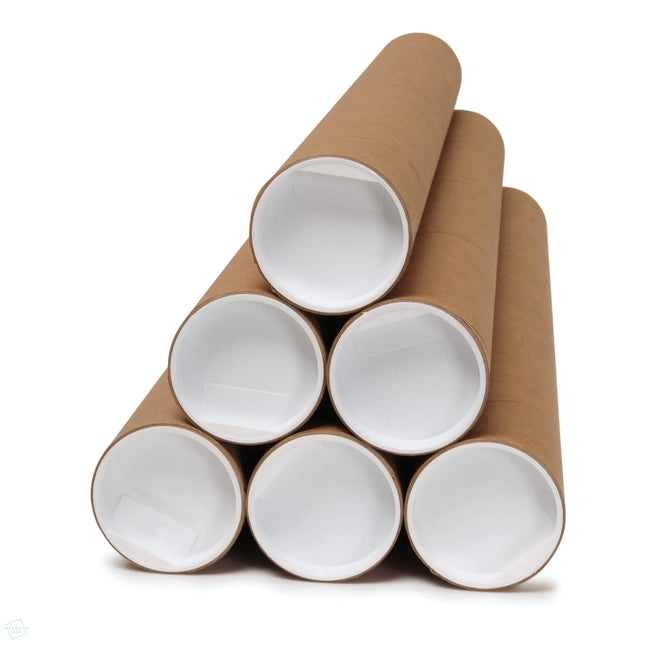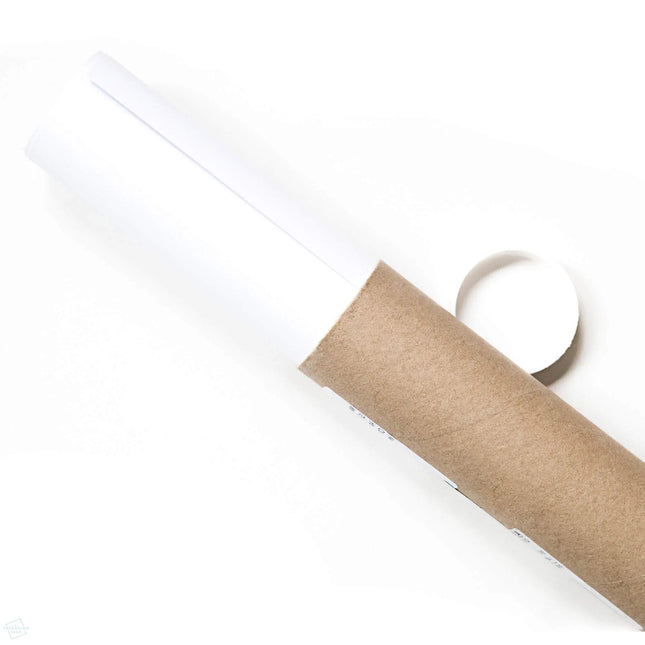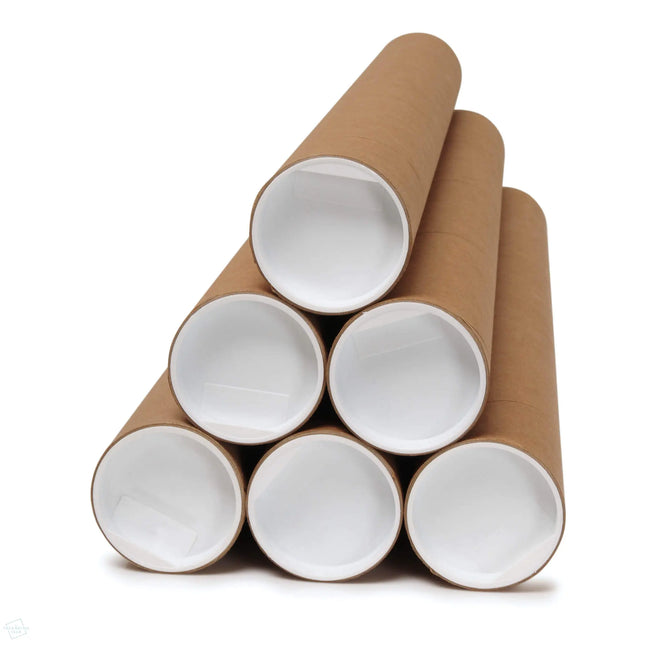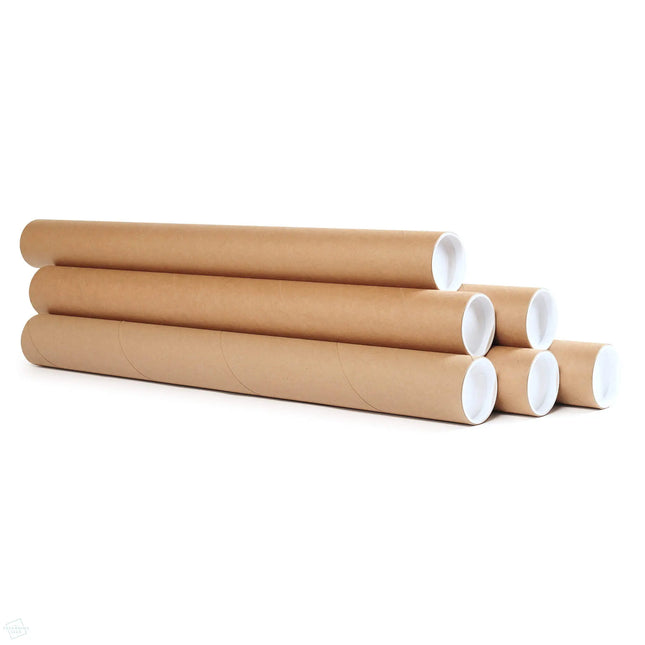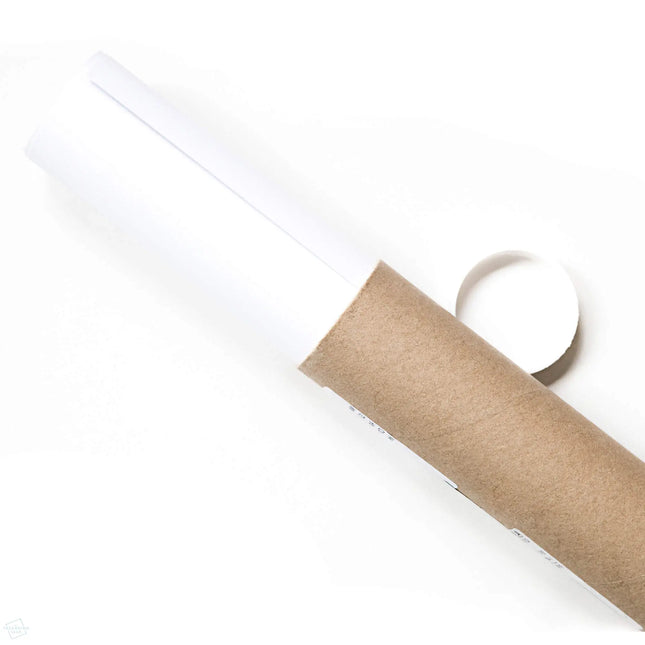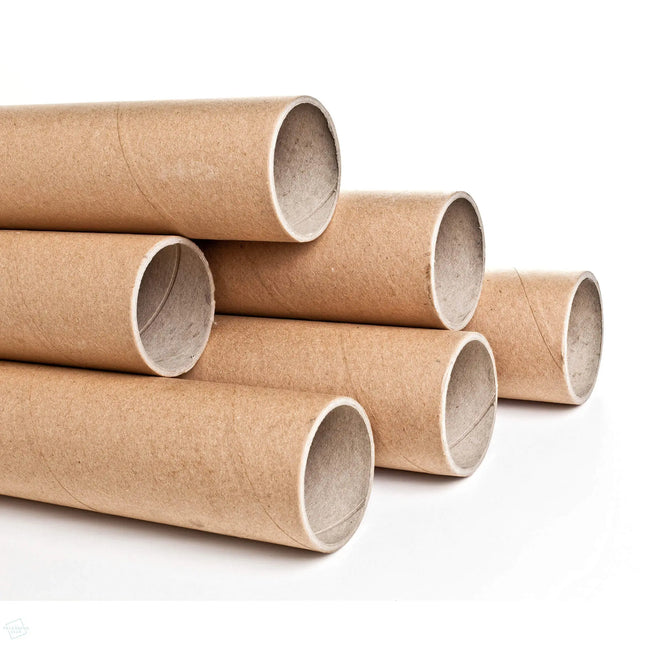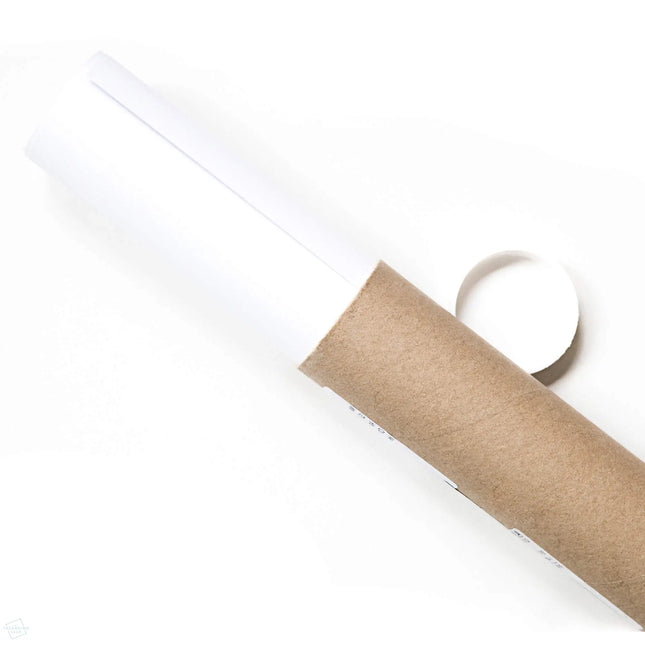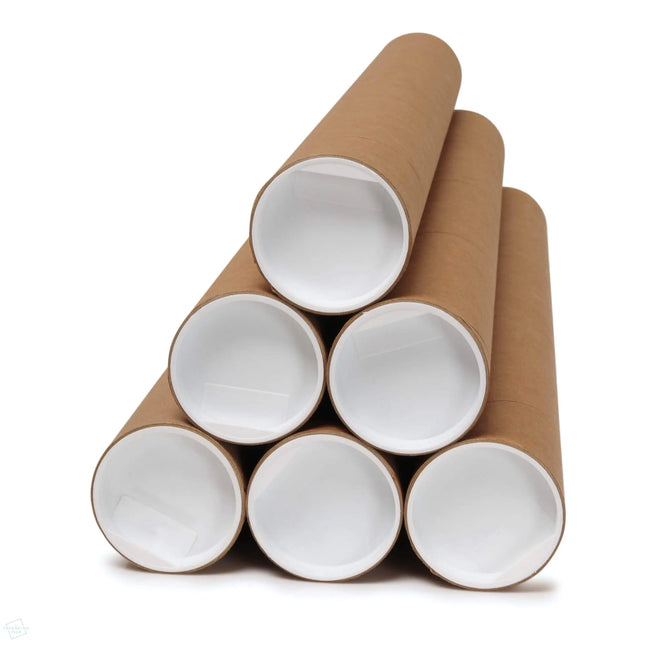How Cardboard Postal Tubes are Made

Cardboard postal tubes are awesome packaging material! They're perfect for storing and transporting documents, posters, and other cylindrical objects. Plus, they're eco-friendly and a great alternative to plastic packaging. In this blog post, we're going to explore the amazing manufacturing process of cardboard postal tubes.
Choosing the Best Materials
The first step in making cardboard postal tubes is choosing the right materials. It's important to select high-quality paperboard to create tubes that are strong and durable. The paperboard sheets are then cut into the right size and shape based on the desired tube's diameter and length.

There are several types of paper board that can be used in the manufacture of cardboard tubes, including chipboard, kraft paperboard, and recycled paperboard. The choice of paper board depends on the specific requirements of the tube, such as its strength and durability, as well as the desired eco-friendliness of the finished product.
Rolling and Gluing
Once the paperboard sheets are cut, they're coated with adhesive glue and then rolled onto a mandrel. The mandrel is a cylindrical object that the paperboard is wrapped around. The adhesive glue holds the layers of paperboard together, creating a sturdy and durable tube.

There are several types of glue used in the manufacture of cardboard tubes, including PVA glue, epoxy glue, and hot melt glue. The choice of glue depends on the specific requirements of the tube, such as its strength, durability, and intended use.
It's difficult to say which type of glue is the most eco-friendly in terms of recyclability, as it depends on the specific type of glue and the recycling process used. However, PVA glue is a water-based glue that is generally considered to be less harmful to the environment than other types of glue, such as epoxy and hot melt glue. Additionally, PVA glue can be easily cleaned up with water, making it easier to recycle paper products that have been glued together using PVA glue.
Cutting and Finishing
After the paperboard is wrapped around the mandrel, the tube is cut to the desired length. The ends of the tube are then closed using a variety of finishing techniques, like crimping or gluing. Finally, the tubes are trimmed to make sure they're all the same length and shape.
- B0 size postal tubes
- A0 size postal tubes
- A1 size postal tubes
- A2 size postal tubes
- A3 size postal tubes
Quality Control
Before the tubes are ready for use, they go through quality control. Each tube is inspected to make sure it meets the required standards and specifications. The strength, durability, and overall quality of the tube are tested to make sure it's tough enough to handle transportation and storage.

Alongside standard visual inspections, there are several types of quality control testing that can be performed to test the strength of postal tubes, includes compression testing, drop testing, and vibration testing. Those tests are designed to simulate the conditions that the tube may experience during transportation and storage to ensure that the tube can withstand these conditions without damage.
Conclusion
Making cardboard postal tubes is a precise and specialist process — but the results speak for themselves. Durable, protective, and easy to recycle, cardboard tubes remain a trusted choice for sending posters, plans, and cylindrical products safely through the post.
If you’re after high-quality cardboard postal tubes, we’ve got you covered. The Packaging Club partners with UK-based manufacturers to offer excellent prices on eco-friendly tubes with free end caps included as standard.
Need something more specific? We also supply bespoke cardboard tubes tailored to your exact dimensions, print or branding requirements. Whether you're sending out premium goods or want to avoid excess packaging, we’ll help you find the right fit.

